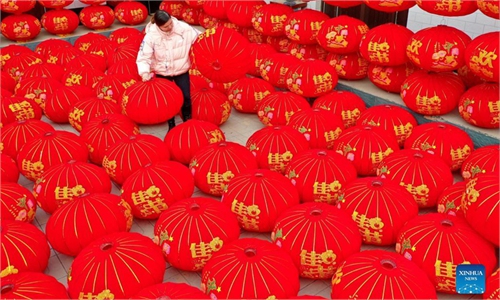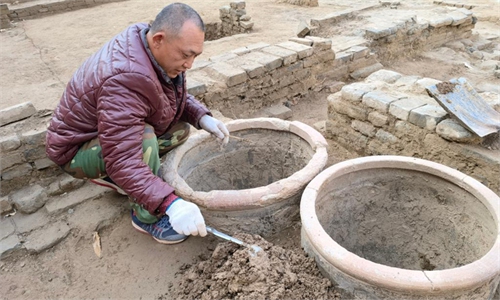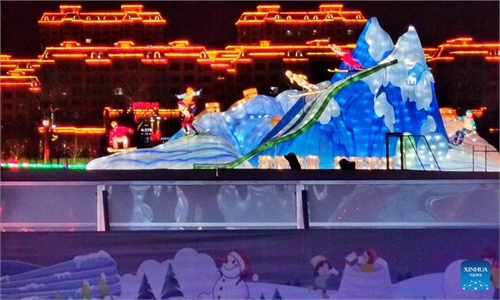2022 Beijing Olympic Winter Games leads to major archaeological find
Chance discovery
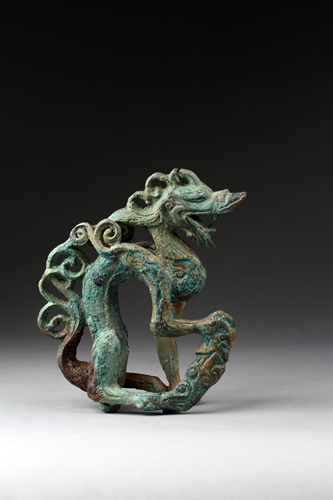
Two cultural relics unearthed from the Taizicheng Ruins Photo: Courtesy of Hebei Provincial Institute of Cultural Relics and Archaeology
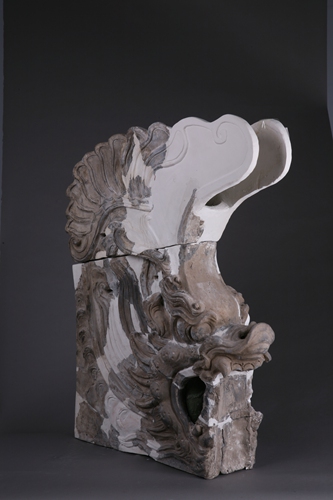
Two cultural relics unearthed from the Taizicheng Ruins Photo: Courtesy of Hebei Provincial Institute of Cultural Relics and Archaeology
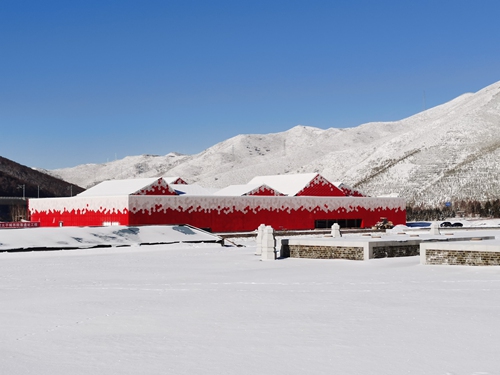
The Taizicheng Ruins in Zhangjiakou, Hebei Province Photo: Courtesy of Hebei Provincial Institute of Cultural Relics and Archaeology
Eight hundred years ago, Emperor Wanyan Liang of the Jin Dynasty (1115-1234) moved his capital to Yanjing (today's Beijing). Years after the move, another emperor built a summer palace not too far away in what is today known as Taizicheng village in the Chongli district of Zhangjiakou, North China's Hebei Province. In February, Beijing and Zhangjiakou will once again be bound together to host the upcoming 2022 Beijing Olympic Winter Games.
The palace is set to play an important role in conveying Chinese culture to the world during the Games, which, incidentally, led to its discovery in 2017.
After Beijing won its Olympic bid in 2015, it was decided that the Olympic Village for athletes in Zhangjiakou would be built in the village of Taizicheng. As the village is home to some ancient ruins, it was decided that a complete survey of the area should be carried out so that nothing of historical value would be damaged or lost during the construction.
Zhang Wenrui, dean of Hebei Provincial Institute of Cultural Relics and Archaeology, told the Global Times that the discovery of the palace was actually somewhat of a "big surprise" for Chinese archaeologists.
He recalled that the archaeology team investigating the ruins thought they were just some old and worthless buildings before they carried out the survey. However, after work commenced, archaeologists began unearthing many priceless ceramics and building components as well as important structures such as city walls, moats and building foundations. These discoveries allowed archaeologists to determine that the ruins, named the Taizicheng Ruins after the village, were actually the Taihe Palace that was once the summer home of the Jin Dynasty Emperor Wanyan Jing.
This is the first time that a Jin Dynasty palace complex has been excavated.
The palace was the second most important location besides the capital city of Yanjing (Beijing). The main building's layout is of great significance to the research into the construction of palaces during the Jin Dynasty, Huang Xin, head of the site's archaeology team and the deputy dean of the Hebei Provincial Institute of Cultural Relics and Archaeology, told the Global Times.
Based on its great historical value, the team recommended that the entire site be preserved, which meant the construction of the Winter Olympics Village has to be reconsidered.
Zhang said the initial plan was for the village to take up three quarters of the Taizicheng Ruins, which are located in the middle of the Zhangjiakou competition zone.
The local government finally decided to build the Winter Olympics Village to the east of the site, and the two are now only separated by a single road, according to Huang.
"Officials from the Beijing 2022 Organising Committee told us the move has earned high praise from International Olympic Committee (IOC) President Thomas Bach," Huang said.
In 2019, the site was listed as one of the top 10 archaeological discoveries of 2018 and included in the eighth batch of national key cultural relic protection units.
According to Huang, the site was turned into an archaeological park in 2021. Some valuable cultural relics are on display in an exhibition hall that was opened on December 31, 2021.
"We hope that some foreign athletes participating in the Winter Olympics, in compliance with the requirements of pandemic prevention and control, will be able to visit the exhibition with the approval of the IOC, so that they can enjoy and learn more about Chinese history and culture from the trip," Huang said.
In 1202, the Taihe Palace was built for the emperor to relax and contemplate; 800 years later, the flames of the Beijing 2022 Winter Olympic Games will be lit here. The combination of the historical and cultural heritage of the Taizicheng Ruins and the modern Olympic venues will once again show the world the true face and tolerance of China.

